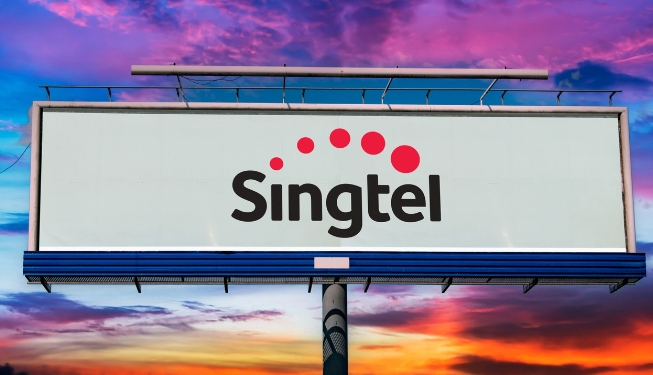Cloud provider demand propels Ciena revenues
Ciena saw revenues grow 23.6% to $1.13 billion in Q2 2025, attributing this growth to strong demand across its portfolio, customer segments and geographies. During the company's earnings call, CEO Gary Smith said cloud providers stood out as a key driver in the second quarter, generating 38% of total revenue, while growing 85% year-over-year. Orders from cloud providers are on track to double during the current fiscal, he said.
"What you're seeing on the cloud side is a step function investment in network infrastructure," Smith said during an interview with Light Reading. While AI is certainly playing a role, he noted, it's hard to tell "how much of that is really AI traffic."
Ciena isn't seeing a large-scale inference yet, but Smith said there is an incremental opportunity around AI training and learning in the form of regional clusters of graphics processing units (GPUs), which require high-speed connectivity and low latency over a greater distance.
"It's a whole new opportunity for high-speed connectivity, because typically that's being done inside the data center. And this is really now going to be optical. It's got to be DWDM [dense wavelength division multiplexing] because of the distances and the speed and low latency," Smith said.
During the earnings call, he said the company has secured as a customer a global cloud provider that is investing in geographically distributed, regional GPU clusters. The deal involves optical pluggables and reconfigurable line system (RLS) photonics.
Steady service provider growth
On the service provider side, Ciena is also seeing a return to steady growth in the single digits, Smith said. This comes after what he described as a period of under-investment by telecom operators in their basic infrastructure.
In the last few years, service providers "were very focused on 5G, obviously, that turns out to be a bit of a bust," Smith said. Now they have started to pay more attention to their core optical networks, basic infrastructure and cloud, which is the case across North America, Europe and Asia, he added.
"They're basically getting back to where we were a few years ago around the kind of levels of investment, and that's still 50% of our business, so that's super important," Smith noted.
Another trend driving demand for optical infrastructure is managed fiber optical networks for cloud players, which are starting to ramp up in Europe, the middle East, India and Asia, he added.
Tariff impact
Company officials were adamant Ciena isn't being hard-hit by the ever-changing tariff landscape in the US. Under the current tariff structure, Ciena is absorbing costs of around $10 million per quarter, CFO Jim Moylan said during the earnings call. Nevertheless, he acknowledged that "it appears that the tariff environment will continue to be dynamic."
Talking to Light Reading, Smith said the company has a versatile supply chain and as a result has been able to mitigate the impact of tariffs to a large extent. Asked whether Ciena would consider changing where its equipment is produced, he said it is tough to make such decisions given the degree of uncertainty and the fact that such changes take up to two years to implement.
Despite strong revenue, earnings were lower than expected by investors, which lead to Ciena's stock price falling slightly on Thursday. EBITDA was up 36% to $116.7 million. Net income and adjusted income, however, both grew compared to Q2 2024. Net income was $9 million, up from a net loss of $16.8 million, while adjusted income reached $60.7 million, up from $39.4 million.





